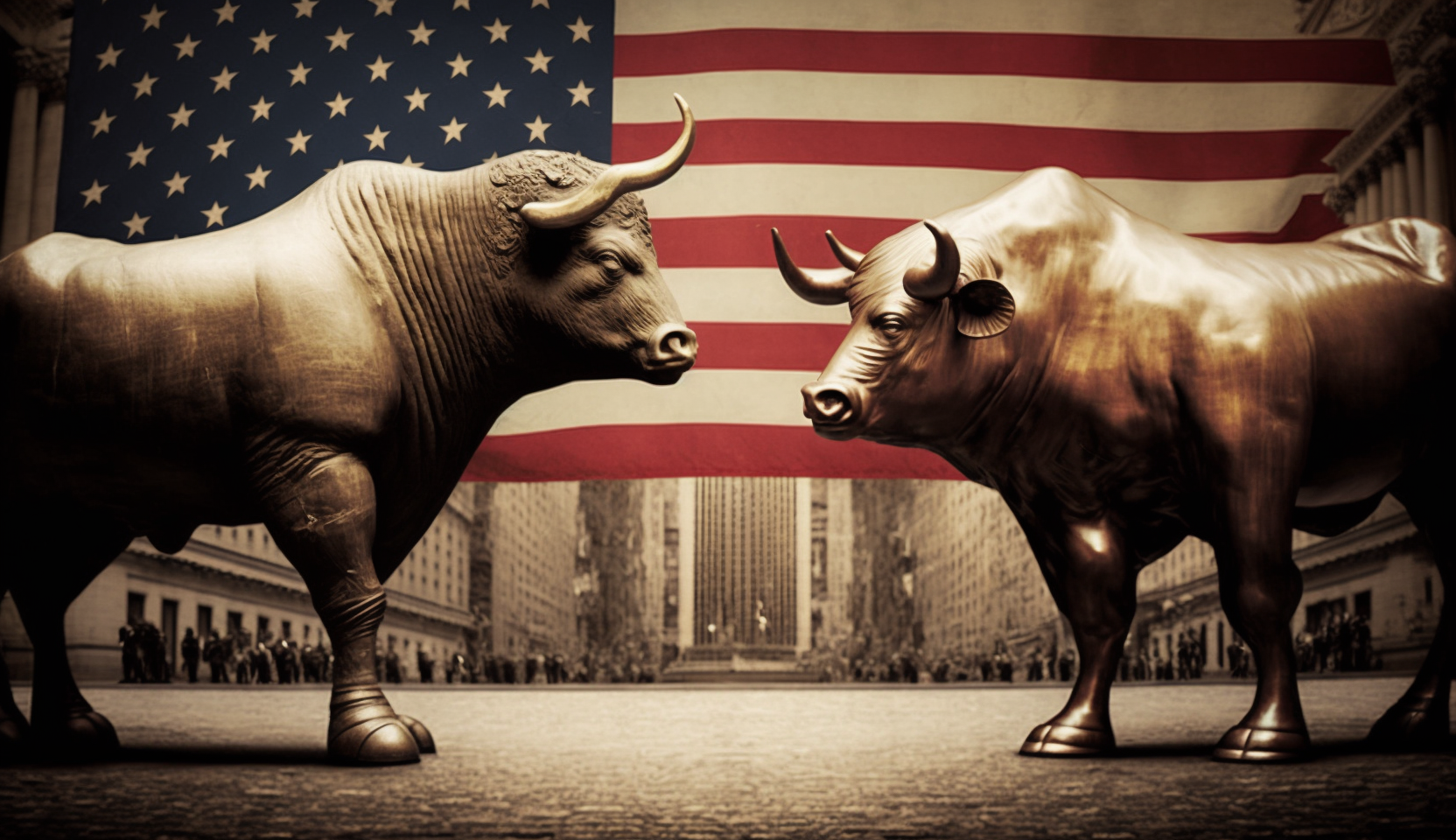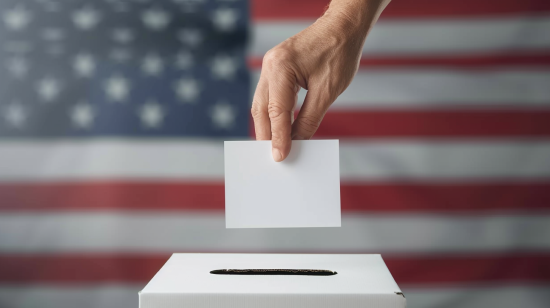In the wake of recent elections, the stock and cryptocurrency markets have surged as investor optimism is fueled by FOMO (Fear of Missing Out). While this bullish momentum brings opportunities, it also signals caution, especially given the high volatility seen across markets. For investors, understanding the potential and risks in this unique environment is key to making wise decisions.
One notable trend is the recent outperformance of the Russell 2000 index, an index that tracks small-cap stocks, which has shown greater gains compared to larger indices like the S&P 500 and Nasdaq. This trend hints at potential opportunities within small-cap companies, but it’s crucial for investors to recognize the volatile backdrop surrounding these gains.
The Russell 2000 index, composed primarily of small-cap stocks, has experienced a significant uptick in recent weeks, outpacing some of the larger, more familiar indices. Small-cap stocks historically perform well during economic recoveries, as investors tend to favor companies with high-growth potential. Smaller companies often have greater room for expansion compared to established giants, which can lead to impressive returns if these firms capitalize on their growth potential.
For investors who can tolerate a higher level of risk, small-cap stocks within the Russell 2000 may offer appealing opportunities. However, even in an optimistic market, it’s essential to approach these investments carefully, as smaller companies tend to be more volatile and sensitive to economic shifts.
Post-election optimism isn’t unusual, and investors often flock to markets anticipating favorable policies or economic changes that could benefit various sectors. This year, that optimism is even more pronounced as both traditional and digital markets see upward momentum. The crypto markets are also surging, with certain tokens like Bitcoin reaching new highs alongside the rally in stocks. These gains across both asset types contribute to the FOMO effect, where investors feel compelled to jump in quickly, potentially without due diligence.
However, FOMO can lead to hasty decisions, as investors rush to capture potential gains without fully evaluating the risks. In the current climate, it’s critical to remember that the same forces driving prices up can lead to sudden drops as market conditions shift.
Despite these upward trends, the high volatility in both stock and crypto markets should serve as a caution flag. Small-cap stocks, while promising, are known for their vulnerability to rapid price swings. They’re also more likely to be affected by liquidity issues, which can amplify losses during sell-offs. Similarly, cryptocurrencies are notoriously volatile and subject to external forces such as regulatory changes, technological developments, and shifts in investor sentiment.
For those considering investments in these areas, being prepared for sudden price changes and being comfortable with the associated risks is essential.
To navigate these volatile waters successfully, investors should keep the following tips in mind:
- Risk Assessment – Understanding your personal risk tolerance is crucial, especially with small-cap stocks and cryptocurrencies. Not every portfolio is suited for high-risk, high-volatility assets, so evaluate carefully before diving in.
- Diversification – A diversified portfolio can help manage risk by balancing small-cap and cryptocurrency investments with more stable assets. This approach can soften the impact of any single asset’s fluctuations, creating a more resilient portfolio.
- Due Diligence – For investors interested in small-cap stocks, doing thorough research is essential. Look for companies with solid fundamentals, promising growth potential, and innovative offerings that set them apart from competitors.
- Stay Informed – Markets can shift quickly, especially during periods of economic or political change. Following relevant news and trends can help investors stay ahead of potential risks and make informed decisions when the market moves.
The post-election market surge brings both promise and caution. Investors looking to take advantage of small-cap stock outperformance or capitalize on crypto market gains should do so with a clear understanding of the risks. In a market driven by FOMO, a balanced approach that includes careful research, risk management, and diversification is key. With these strategies, investors can navigate today’s volatility effectively, capturing opportunities without losing sight of the inherent risks.








